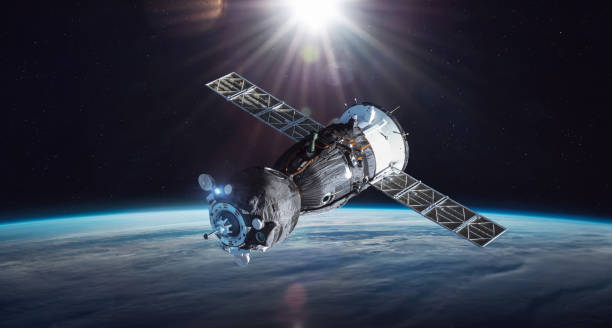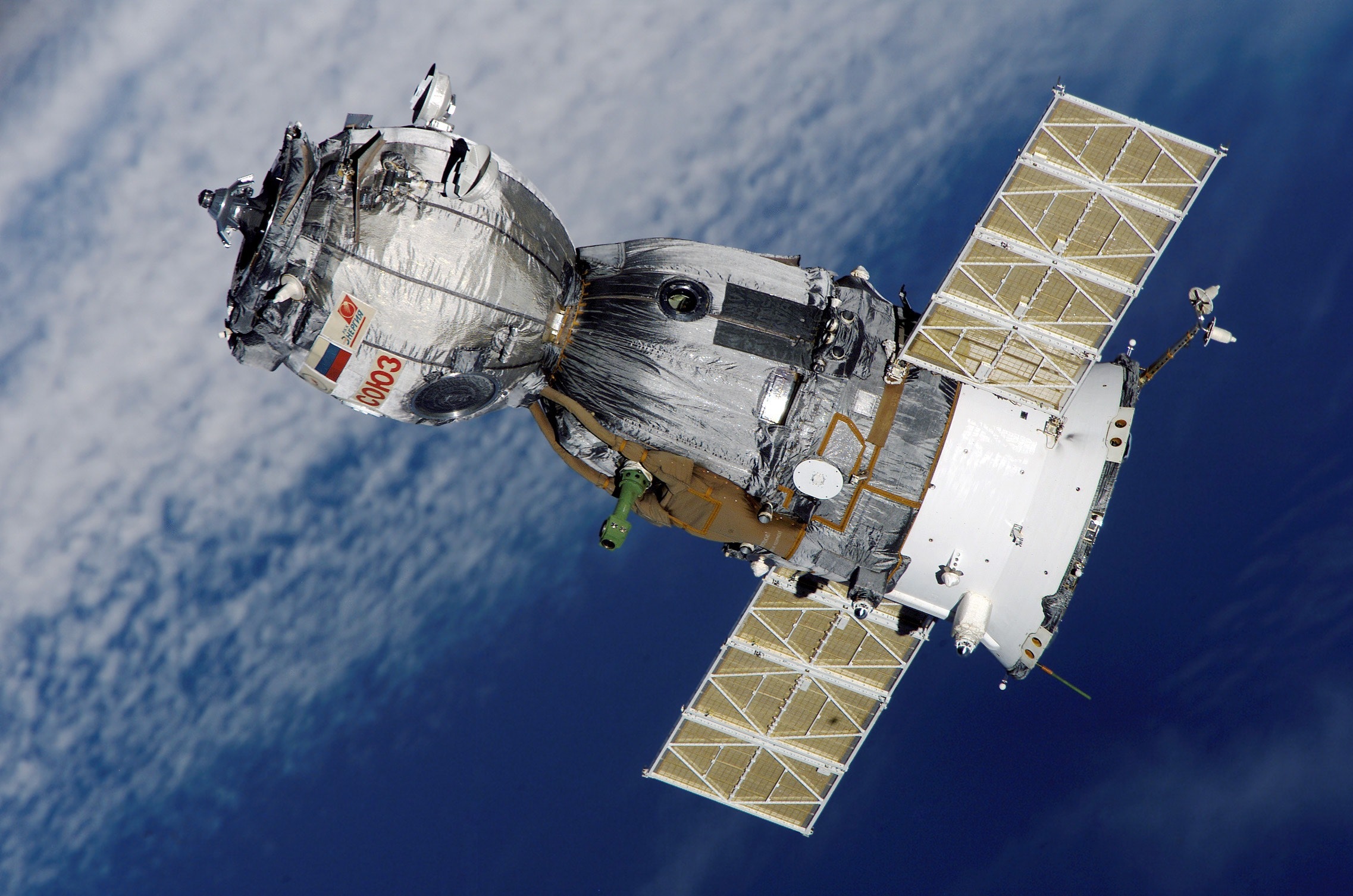Nasa mission will give unprecedented view of Earth’s surface water

Swot satellite is scheduled to be launched
A Nasa-drove global satellite mission was set for launch from southern California right off the bat Thursday as a component of a significant geology undertaking to direct an extensive review of the world's seas, lakes, and waterways interestingly.
Named Swot, another way to say "surface water and sea geography", the high-level radar satellite is intended to provide researchers with an extraordinary perspective on the nurturing liquid covering 70% of the planet, revealing new insight into the mechanics and outcomes of environmental change.
A Bird of prey 9 rocket, claimed and worked by very rich person Elon Musk's business send-off organization SpaceX, was set to take off before first light on Thursday from the Vandenberg US space force base, around 170 miles (275km) north-west of Los Angeles, to convey Swot into space.
On the off chance that all goes as expected, the SUV-sized satellite will deliver research information soon.
Almost 20 years after being developed, Swot consolidates progressed microwave radar innovation that researchers say will gather level surface estimations of seas, lakes, supplies, and waterways in superior quality detail in more than 90% of the globe.
"It's the principal mission to notice essentially all water in the world's surface," said Ben Hamlington, a researcher at Nasa's Stream Impetus Lab (JPL) who likewise drives Nasa's ocean level-change group.
One significant push of the mission is to investigate how seas retain the environmental intensity and carbon dioxide in a characteristic cycle that moderates worldwide temperatures and environmental change.
Filtering the oceans from the circle, Swot is intended to unequivocally quantify fine contrasts in surface heights around more modest flows and whirlpools, where a large part of the seas' drawdown of intensity and carbon is accepted to happen. What's more, Swot can do such with multiple times more prominent goals than existing innovations, as indicated by JPL.
Seas are assessed to have consumed over 90% of the abundance of heat caught in the World's climate by human-caused ozone-harming substance outflows.
Concentrating on the component by which that happens will assist environment researchers in responding to a key inquiry: "What is the defining moment at which seas begin delivering, as opposed to retaining, immense measures of intensity back into the climate and speed up an unnatural weather change, instead of restricting it," said Nadya Vinogradova Shiffer, Swot's program researcher at Nasa in Washington.

Swot's capacity to observe more modest surface highlights likewise be utilized to concentrate on the effect of rising sea levels on shores.
More exact information along flowing zones would assist with foreseeing how far storm-flood flooding might enter inland, as well as the degree of saltwater interruption into estuaries, wetlands, and underground springs.
Taking stock of the World's water assets more than once over Swot's three-year mission will empower analysts to more readily follow vacillations in the planet's streams and lakes during occasional changes and significant climate occasions.
Nasa's Swot freshwater science lead, Tamlin Pavelsky, said that gathering such information was similar to "taking the beat of the world's water framework, so we'll have the option to see while it's hustling and we'll have the option to see when it's sluggish".
Swot's radar instrument works at the supposed Ka-band recurrence of the microwave range, permitting outputs to infiltrate overcast cover and murkiness over wide areas of the Earth. This empowers researchers to precisely plan their perceptions in two aspects paying little mind to climate or season of day and to cover enormous geographic regions definitely more rapidly than was already conceivable.
By correlation, prior investigations of water bodies depended on information taken at explicit places, for example, stream or sea checks, or from satellites that can follow estimations along a one-layered line, expecting researchers to fill in information holes through extrapolation.
"Instead of providing us with a line of rises, it's providing us with a guide of heights, and that is only a complete huge advantage," Pavelsky said.
Posted with STEMGeeks
Reason to Downvote:
Source of plagarism:
https://www.theguardian.com/science/2022/dec/13/nasa-swot-satellite-radar-survey-launch
the post : "Instead of providing us with a line of rises, it's providing us with a guide of heights, and that is only a complete huge advantage," Pavelsky said.
the article : “Rather than giving us a line of elevations, it’s giving us a map of elevations, and that’s just a total gamechanger,” Pavelsky said.
Thanks for stating the reason for the down vote.
I am maintaining an habit of giving feedback if case is not complex. I believe it will increase my trust within community.
Also, some cases are too complex for those I apologize in advance but I can give info in dm to interested people. Dropping lines of text as scamming might look even more bad.
Source of potential text plagiarism
There is reasonable evidence that this article has been spun, rewritten, or reworded. Posting such content is considered plagiarism and/or fraud. Fraud is discouraged by the community and may result in the account being Blacklisted.
Guide: Why and How People Abuse and Plagiarise
If you believe this comment is in error, please contact us in #appeals in Discord.